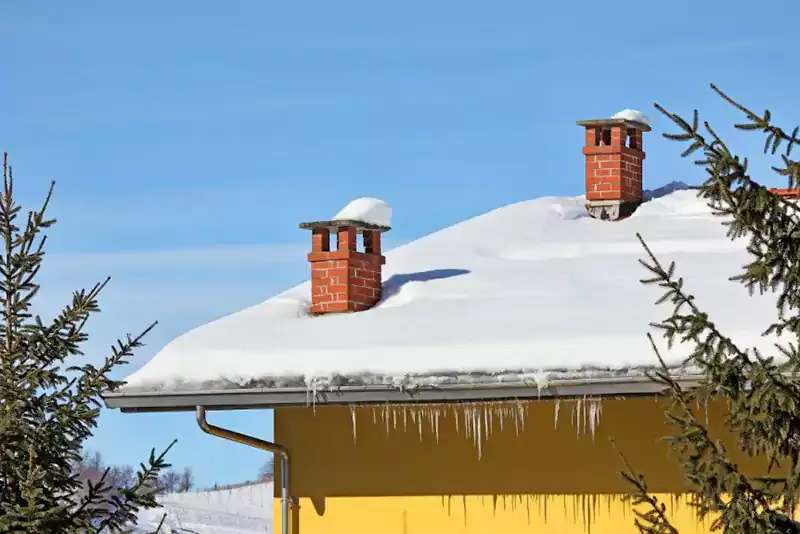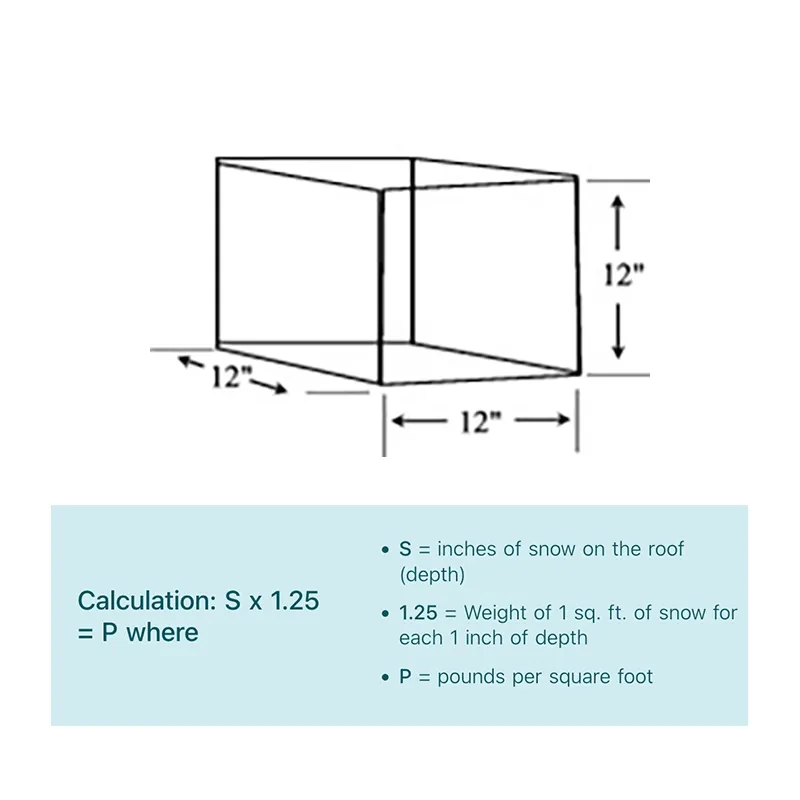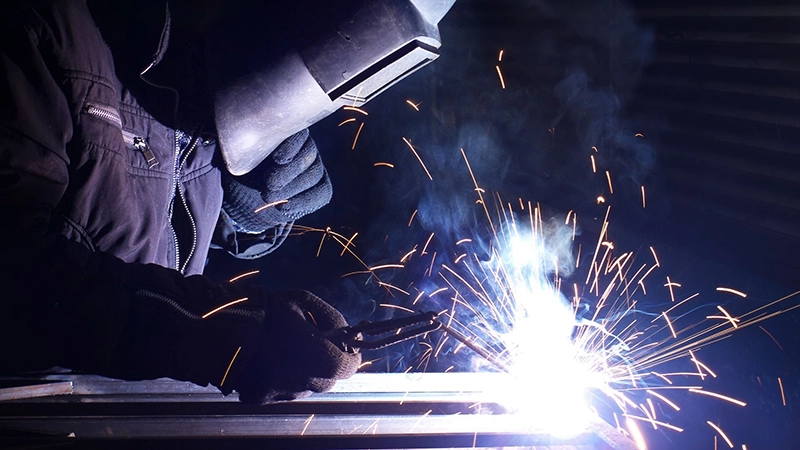Insulated Cover Snow Loads
Our units are pre-engineered roofing systems that have been approved by qualified, state approved engineers in 45 States. Our systems are rated according to 2011 International Building Codes. Snow drifting and wind uplift have not been considered in the wall attached units. If local specifications require such engineering, these standards can be met at an additional cost.
Current approved standards assume an importance factor equal to 1 & wind exposure equal to "B". If you require documentation and registered engineering stamps we will submit your request with your quotation. We cannot talk to engineers about such items prior to knowing what it is you require.

Span Table
Projection | 3" Roof Thickness | 4" Roof Thickness | 6" Roof Thickness |
6' | 80 lbs./sq. ft. | over 80 lbs./sq. ft. | over 80 lbs./sq. ft |
8' | 50 lbs./sq. ft. | 70 lbs./sq. ft. | over 80 lbs./sq. ft |
10' | 30 lbs./sq. ft. | 50 lbs./sq. ft. | 70 lbs./sq. ft. |
12' | 20 lbs./sq. ft. | 35 lbs./sq. ft. | 50 lbs./sq. ft. |
14' | 10 lbs./sq. ft. | 25 lbs./sq. ft. | 35 lbs./sq. ft. |
16' | n/a | 15 lbs./sq. ft. | 25 lbs./sq. ft. |
Roof thickness simply references the thickness of the panel
How to read the table: For example... a 3" thick roof will sustain up to 80lbs/sq.ft. when supported 6' away from the wall
Please check with your permit office before purchasing a building kit. Obtaining necessary permits is the sole responsibility of the purchaser. Customers agree to hold ScreenHouses Unlimited and the manufacturer free of any liability for improper installation, maintenance and repair.
Insulated, W Pan & Flat Pan Snow Load Information
It is our contention that all homeowners should be aware that heavy snow accumulations in your area could pose a potential problem with overloading of roofs. In particular, flat roofs with changes in elevation are vulnerable to snow drifting and thus heavier loading.
It is well known that snow that accumulates and remains on a roof over a prolonged period of time tends to both compact and change into a heavier crystalline form. With the accumulation of additional snow, overloading and even failure of the supporting roof structure is possible.
One season we had a wet snow about 12-18 inches deep over the New England states. The first several inches were very wet and became ice quite quickly. With the initial layer of ice plus the subsequent snow falls we soon began to receive calls from customers asking whether they should be concerned about the weight of the snow on their roofs.
To address these concerns, you have to first estimate how much the snow weighs, and, secondly, how much weight the roof structure can support. Snow typically weighs anywhere from 5 to 25 pounds per cubic foot, depending on how wet it is.
A one-inch layer of water or ice weighs approximately five pounds per square foot. So a roof designed for a 20-pounds-per-square-foot snow load could theoretically hold up four inches of ice.
Snow Load Calculations
Actual snow load calculations are quite complicated. The following is given GENERALLY and to be uses as a guideline only. Example: If the snow on your roof is 20 inches deep then 20 x 1.25 = 25 lbs. per square foot of load.
Note that this level of loading, 25 pounds per square foot, is not intended to last all winter; there is a fatigue factor. A roof may be able to support this snow load for several days or a few weeks, probably no more than 30 days.
Responsible parties should ensure that roofs are continually monitored during periods of heavy snow accumulations and repeated snow falls. Remember that greater snow accumulations may occur from one storm than from another due to changes in wind velocity and direction.
This calculation is based on a 25% moisture density which is conservative. As a rule, saturated snow weighs about 20 lbs. per cubic foot. The moisture content of snow can range from 1% to 33%, which relates to weights of 1 pound to over 30 pounds per cubic foot

Notes
An unrated system would be able to sustain 30-40 mph winds
A 20 psf. rating is roughly equal to a roof being able to sustain 4" of standing water.
A 20 psf. rating would be able to sustain 90 mph winds.
A 30 psf. rating would be able to sustain 90+ mph winds.
A 40 psf. rating would be able to sustain 90+ mph winds.











